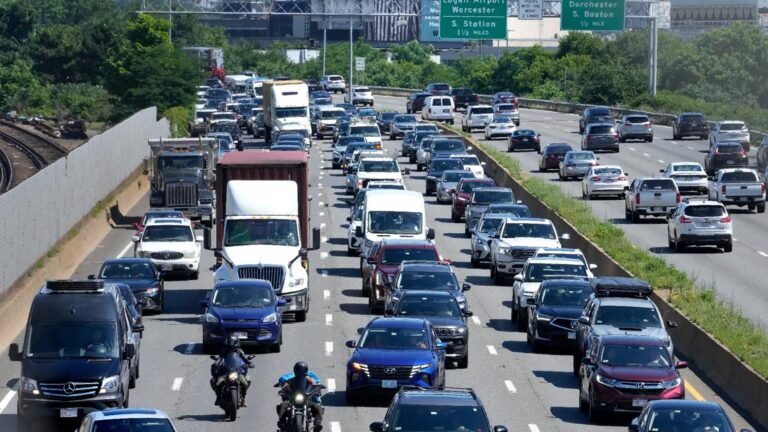Experts Say It’s Time to Reform North Carolina’s Insurance Rate Bureau System
RALEIGH, N.C. — In the wake of catastrophic losses from Hurricane Helene and growing insurance instability across the Southeast, experts are once again questioning whether North Carolina’s decades-old insurance rate bureau model is due for a major overhaul.
According to policy analyst Jerry Theodorou, the state’s North Carolina Rate Bureau (NCRB) — the only one of its kind in the U.S. still requiring insurers to follow set rates — may be limiting consumer choice and discouraging private insurers from staying in the market.
“The NCRB model is antithetical to competition,” Theodorou writes in his recent analysis. “It militates against buyers having the benefit of marketplace options.”
Hurricane Helene: A Wake-Up Call for Reform
In 2024, Hurricane Helene devastated North Carolina, killing 107 people and causing $60 billion in property damage, nearly 9% of the state’s GDP. Only $6.3 billion of those losses were covered by insurance, leaving tens of thousands of homeowners exposed.
The average home insurance premium in North Carolina is $2,087 — about 3.3% of the median family income — with flood insurance rarely included. For low- and middle-income families, this has become an unsustainable burden.
How North Carolina’s Rate System Works
The NCRB, formed before the digital era, collects industry data and sets standard rates on behalf of insurers. Most other states abandoned such models decades ago in favor of competitive pricing based on company-specific risk modeling.
In North Carolina, the rate-setting process pits the NCRB — representing insurers — against the Department of Insurance, which advocates for consumers. In one 2024 case, insurers proposed a 99.4% rate hike in coastal areas. State Insurance Commissioner Mike Causey negotiated it down to 7.5% over two years.
If insurers feel rates are too low, they can issue policies at higher premiums through a “consent to rate” process, which has become more common — but some companies are simply choosing not to renew policies in high-risk zones.
Private Insurer Losses and Market Pressures
In 2024, the top 10 insurers in North Carolina posted a combined loss ratio of 72.9%, not including overhead. Factoring in administrative costs, many insurers lost money. Some, like NC Farm Bureau Insurance and Erie Insurance, posted losses in both 2023 and 2024.
These losses raise concern that more insurers may exit the state, reducing competition and raising costs for consumers.
When Insurers Leave, the FAIR and Beach Plans Step In
When private insurers pull out, residents often turn to the FAIR Plan or the Beach Plan — North Carolina’s last-resort insurance pools. As of March 2025:
-
The FAIR Plan (for high-risk properties) held $253M in surplus
-
The Beach Plan (for coastal properties) managed $1.9B in assets
Both have bolstered their resources using catastrophe bonds, providing over $500M in disaster coverage to protect policyholders.
Policy Experts Recommend Five Solutions
To stabilize the market and protect both consumers and insurers, Theodorou recommends:
-
Reforming the NCRB to allow competitive, risk-based rate models
-
Strengthening building codes to improve home resilience
-
Expanding roof-reinforcement grant programs (like “Strengthen Your Roof”)
-
Increasing flood insurance enrollment, especially in vulnerable areas
-
Studying urban water management models like Copenhagen’s, which mitigate property loss from extreme weather
Should North Carolina reform its insurance rate-setting system?
Join the debate on policy, climate risk, and affordability in our comments at SaludaStandard-Sentinel.com.







